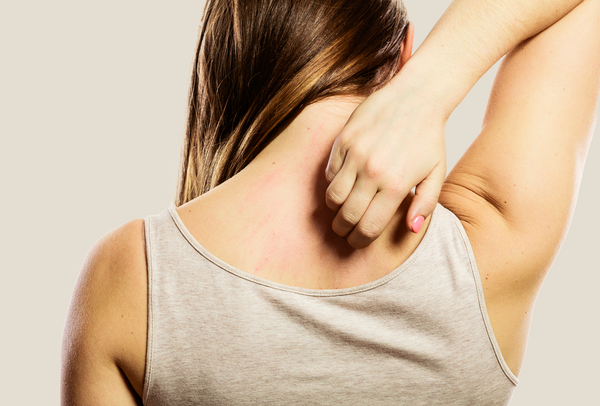There are many terms used to describe and categorize the hair, whether fine, thick, straight, curly, dry, damaged, and more. Yet there’s one hair attribute that’s started getting more attention, and it’s hair porosity.
What is hair porosity?
Simply put, hair porosity refers to the hair’s ability to absorb and hold on to moisture. Porosity is determined by the hair cuticle, which is the outermost protective layer that looks similar to shingles on a roof under a microscope. These “shingles” can be very close together in the case of low-porosity hair, or widely spaced in high-porosity hair.
The cortex lies beneath the cuticle, and this is the thickest layer of the hair. Comprised of proteins, this is also where hair pigment resides. Why does this matter? Because water and moisturizing haircare ingredients need to penetrate the cuticle and reach the cortex to maintain healthy, hydrated hair.
In low-porosity hair, the tightly stacked cuticles make it harder for water and hydrating ingredients to get into the hair shaft. If you have this type of hair, you may find that products tend to sit on your hair instead of absorbing, it’s hard to get water to saturate your strands when washing, or that it takes a long time for your hair to air-dry.
On the flip side, the gaps in the cuticle of high-porosity hair make it easy for moisture to escape. If this is your hair type, you may notice that water and styling products absorb very quickly, your hair air-dries in a flash, and that your hair is prone to breakage and frizz.
What determines hair porosity?
Although hair porosity is partially dictated by genetics, other factors such as heat styling, chemical processing, and harsh haircare products can damage the hair cuticle and make the “shingles” lift over time. Sun exposure can have the same detrimental effect, and the higher the porosity of the hair, the more difficult it is for hair to retain moisture.
Do you have low- or high-porosity hair?
Many people turn to DIY tests to determine their hair porosity. Although they aren’t guaranteed to give you 100% accurate results, they couldn’t hurt to try.
The Float Test
- Fill a glass with water.
- Drop a single strand of clean, dry hair into the glass.
- See if it sinks to the bottom or floats to the top.
Low porosity: The strand will float before sinking to the bottom.
Normal porosity: The strand floats somewhere in the middle of the glass.
High porosity: The strand quickly falls to the bottom of the glass.
The Strand Test
- Gently hold one strand of hair between your fingers and slide them up toward the scalp.
- If you feel bumps along the hair shaft, you may have high-porosity hair.
- If the shaft feels smooth, the cuticle is tight, and you may have low-porosity hair.
The Spray Bottle Test
- Take a small section of hair and mist it with water from a spray bottle.
- Watch closely.
- If the water beads up on the hair, you may have low-porosity hair.
- If the water absorbs quickly, you may have high-porosity hair.
Protein and porosity
There’s a lot of buzz about protein in haircare products, and its effects on low- and high-porosity hair. As a general rule of thumb, low-porosity hair should avoid overdosing on protein since it can build up on the hair shaft, leave strands feeling hard or stiff, and make it more difficult for hydrating ingredients to penetrate. High-porosity hair doesn’t need to worry about the effects of too much protein since the widely spaced cuticles need extra protein to help reinforce the hair.




